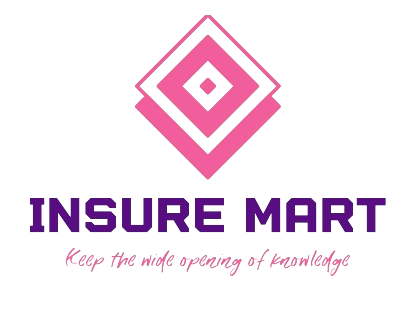CNC programmers who use dynamic toolpaths will get the best outcomes, and also reduce the time required to cut with air and cycle times. These techniques can also help optimize the utilization of a machine.
PSO is an algorithm for social networks that takes an efficient route by balancing Exploration and Profit.
Efficiency Strategies
When the path of a tool isn’t optimized, the machine could spend more time cutting each part more than it needs to. This can lead to higher power consumption, more wear and tear on the machine and a decrease in the gia cong cat laser theo yeu cau longevity of the machine. An optimized toolpath, however, ensures that the tool cuts only the necessary amount of material. This reduces the cycle time and power consumption.
The other important element is that it can be used to decrease deflection of force and prevent damaging parts or the machine’s quality. Many methods are used to accomplish this.
These algorithms combine and evolve routes to increase the effectiveness of toolpaths using concepts of evolutionary theory and natural selection. They are often able to create efficient pathpaths to complex geometries that might be impossible to handle without other strategies. ACO and PSO will also identify issues that arise from placement (e.g. fast motions that cause damage to the material in-process) and limit the movement according to programmatic feed rates to protect the tool.

Optimizing Toolpaths
Different types of tool path optimization strategies provide a variety of benefits for improving efficiency, cutting costs, and increasing precision. Dynamic tool path optimization will help you reach your objectives, be it to improve cycle times surfaces, finish finishes, or the life of a spindle.
The algorithm searches for best path using repetitions as well as “generations”. The algorithms consider the parameters and the machining requirements that your CNC machine is operating so that they can select the best way.
Algorithms learn from interacting with a machine environment. They can adjust their toolpaths and continuously improve their performance with time. They are able to adjust to the changing requirements of the actual manufacturing process leading to a superior overall toolpath, which increases the productivity and durability of aerospace as well as medical parts. Additionally, it improves machining performance by reducing the energy consumed by tools. This saves businesses money and also allows them to give prices that are competitive within the industry in which prices are highly variable.
Techniques
CNC machining can be complex and lengthy, however advances in the field of toolpath optimization have made the process faster and more precise. Through the use of a wide range of methods, such as genetic algorithms, ant colonies optimization, particle swarm optimization, and deep learning, companies have the ability to attain new quality and speed.
Ingenious Algorithms
Genetic algorithms employ the principles of natural selection to determine the most effective paths for tools that can be adjusted as it goes along to improve on the previous version. ACO and PSO are both algorithmic swarms, employ the behavior of swarms, for example those of fish school and bird flocks to help optimize the path. They can be very effective in balancing exploring (searching new areas for better solutions) as well as exploitation (refining existing solutions) which is ideal for highly an environment that is dynamic like an machining area.
The path of the tool is optimized through reinforcement learning, which is focused on specific objectives for example, reducing the force of the cutter and eliminating the risk of cutting too much. They learn through analyzing results and working with the machining process continually improving the process in response to live feedback.
Benefits
Using the latest CAM software to optimise the tool path helps achieve significant gains in machined part accuracy. Precision increases reliability and expands the design possibilities.
Poor tool paths could cause the program to skip between multiple hits, or even sequence the hits in a non-productive manner. The resulting program often looks messy and chaotic. An optimized path may use a series of clean rectangles or quick jumps in order to prevent excessive traverses and to reduce the overall length of the path.
VERICUT force optimization helps reduce the cycle duration by preventing unnecessary massive movements, or slowing down the rate of flow when entering and leaving the material. Users can run CNC machines at a faster rate while still maintaining the best feeding rates. Through reducing operator and machine time, users can significantly increase production efficiency and reduce production costs. The best tools ensure that the shearing energy is transferred to the materials effectively.
